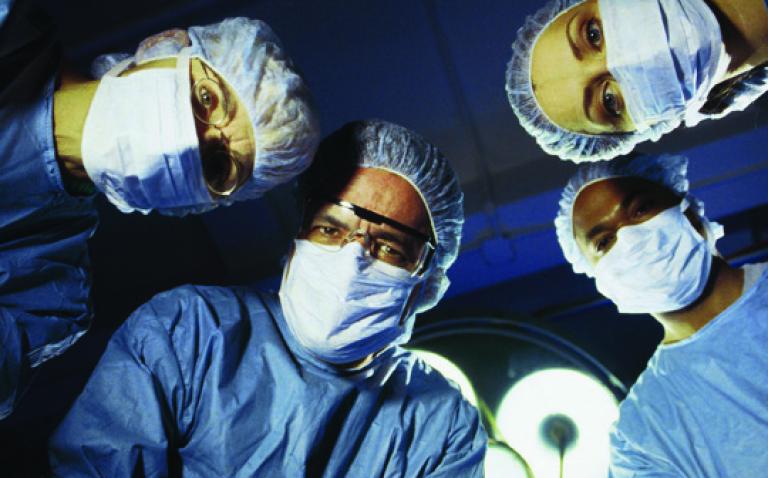Custom Procedure Trays (CPT) offer off-the-shelf convenience to hospitals, reduce costs and lead to more efficient operating rooms (OR) with faster turnaround times.
The general market opinion is that once hospitals have converted to CPT, they will never convert back. Many existing customers have not only experienced the convenience of using custom packs, but have also come to realise the true cost-benefit of these trays.
Customers are dependent on continued supply of custom packs to run an efficient OR and the loyalty of these customers will continue, even amidst difficult economic times.
New analysis from Frost & Sullivan
Western European Markets for Custom Procedure Trays, finds that the OR CPT market earned revenues of $261.3 million in 2008 and estimates this to reach $776.4 million in 2015. The following technologies are covered in this research: angiography CPT, ophthalmology CPT, operating room CPT and anaesthesia room CPT.
“Growth in the construction of private clinics, especially orthopaedic clinics, will contribute to solid revenue growth rates in this market,” notes Frost & Sullivan Research Analyst Jolize Gerber.
“Orthopaedic procedures have a very high penetration level of CPT due to the fact that orthopaedic surgeries require many components. This fact, coupled with the need for speed and a sterile environment, has facilitated the rapid adoption of trays.”
General surgery and cardiovascular surgery are further considered to be high-growth areas for OR CPT.
The enforcement of stricter infection-control measures has, in recent years, caused many central sterile supply departments (CSSD) in hospitals to close down. This has greatly benefited the uptake of CPTs.
“CPTs ensure compliance with safety standards set by the Medical Device Directive, as well as contribute to the reduction of any nosocomial and iatrogenic infections in the OR,” says Gerber.
“Clinical studies have proved that CPTs can reduce infection rates by as much as 11 per cent.”
The uptake of OR CPTs has been greatly driven by this factor as the prevention of intra- and post-operative wound infections is an essential requirement during surgery. Nosocomial infections can extend a hospital stay by several days, even in the most favourable scenarios, and constitute an additional cost factor for insurance companies. The use of CPTs subsequently limits costs to hospitals by ensuring compliance with safety standards and lowering the risk of infections.
Combating pricing pressures and maintaining profitability is one of the main challenges in this market. The prices of custom procedure trays reduce by an average of three per cent annually.
Increased competition in the market and stricter price controls from procurement entities are leading to greater price sensitivity in the market. Furthermore, global economic instability adds to the rising costs of production and transportation, making it difficult to maintain profitable margins.
“This poses a challenge to CPT providers in terms of controlling their costs whilst simultaneously offering a customised solution, catering to individual end-user requirements,” remarks Gerber.
“CPT providers will have to find a “sweet spot” between customising trays according to end-user preferences and standardising trays to keep control of their own costs.”
Customising each component of a pack according to end-user preference becomes capital intensive and creates difficulties for a company’s cash flow. One way to address this problem is by standardising basic commodity items in packs. Furthermore, procuring or outsourcing the production of non-woven components and basic commodity items from more affordable sources in China and Asia Pacific can also assist in lowering costs.
“Although these efforts might take the pressure off companies for some time, it will not be sustainable,” cautions Gerber.
“CPT providers will subsequently have to become more pro-active at offering a pack design as opposed to costing a design that the customer proposes. Herein lies significant cost reduction potential for the customer while also assisting pack providers.”









